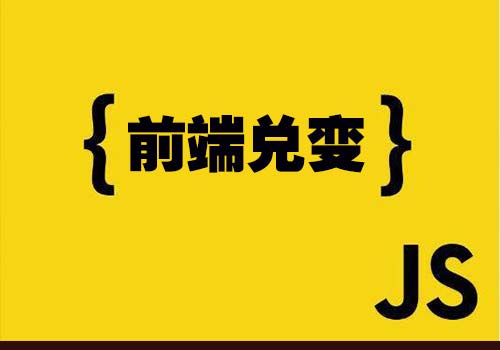
什么是不可变值?
函数式编程是指程序里面的函数和表达式都能像数学中的函数一样,给定了输入值,输出是确定的。比如
let a = 1; let b = a + 1; => a = 1 b = 2;
变量b出现,虽然使用了变量a的值,但是没有修改a的值。
再看我们熟悉的React中的代码,假如初始化了this.state = { count: 1 }
componentdidMount() { const newState = { ...state, count: 2 }; // { count: 2 } this.setState(newState); }
虽然我们使用了this.state,但是没有修改this.state的引用地址和直接修改count的值,对待this.props也一样。
为什么使用不可变值
React官网中给出三点好处:
简化复杂的功能
不可变性使得复杂的特性更容易实现。
跟踪数据的改变
如果直接修改数据,那么就很难跟踪到数据的改变。跟踪数据的改变需要可变对象可以与改变之前的版本进行对比,这样整个对象树都需要被遍历一次。
跟踪不可变数据的变化相对来说就容易多了。如果发现对象变成了一个新对象,那么我们就可以说对象发生改变了。
确定在 React 中何时重新渲染
不可变性最主要的优势在于它可以帮助我们在 React 中创建 pure components。我们可以很轻松的确定不可变数据是否发生了改变,从而确定何时对组件进行重新渲染。
React性能优化离不开不可变值
首先,我们都知道,shouldComponentUpdate钩子函数默认返回true,即只要父组件更新,子组件一定更新。
shouldComponentUdpate中可以接收两个参数,nextprops和nextState,假如我们通过判断this.PRops.xxx和nextProps.xxx相等以及this.state.xxx与nextState.xxx相等,可以将返回值设置为false,说明此次并不需要更新子组件。
class CounterButton extends React.Component { constructor(props) { super(props); this.state = {count: 1}; } shouldComponentUpDate(nextProps, nextState) { if (this.props.color !== nextProps.color) { return true; } if (this.state.count !== nextState.count) { return true; } return false; } render() { return ( <button color={this.props.color} onClick={() => this.setState(state => ({count: state.count + 1}))}> Count: {this.state.count} </button> ); } }
React v15.3新增加了一个PureComponent类,能够对props和state进行浅比较来减少render函数的执行次数,避免不必要的组件渲染,实现性能上的优化。
PureComponent是什么原理呢
我们知道JS中的变量类型分为基本类型(number、string、boolean、undefined、null、symbol)和引用类型(function、Object、function),基本类型的值保存在栈内存当中,引用类型的值保存在堆内存当中,栈内存中只保存指向堆内存的引用。而浅比较就是只对栈内存中的数据进行比较。
class APP extends PureComponent { state = { items: [1, 2, 3] } handleClick = () => { const { items } = this.state; items.pop(); this.setState({ items }); } render() { return ( <div> <ul> {this.state.items.map(i => <li key={i}>{i}</li>)} </ul> <button onClick={this.handleClick}>delete</button> </div> ) } }
上边这个例子使用了PureComponent,而且只改变了数组items里的值,而没改变items的引用地址,所以认为items没有发生变化,不会触发render函数,不会触发组件的渲染。
如果想实现组件更新,可以按如下的方式,创建一个新的数组,将新数组的地址赋给items。
handleClick = () => {
const { items } = this.state;
items.pop();
var newItem = [...items];
this.setState({ item: newItem });
} 



网友评论文明上网理性发言 已有0人参与
发表评论: